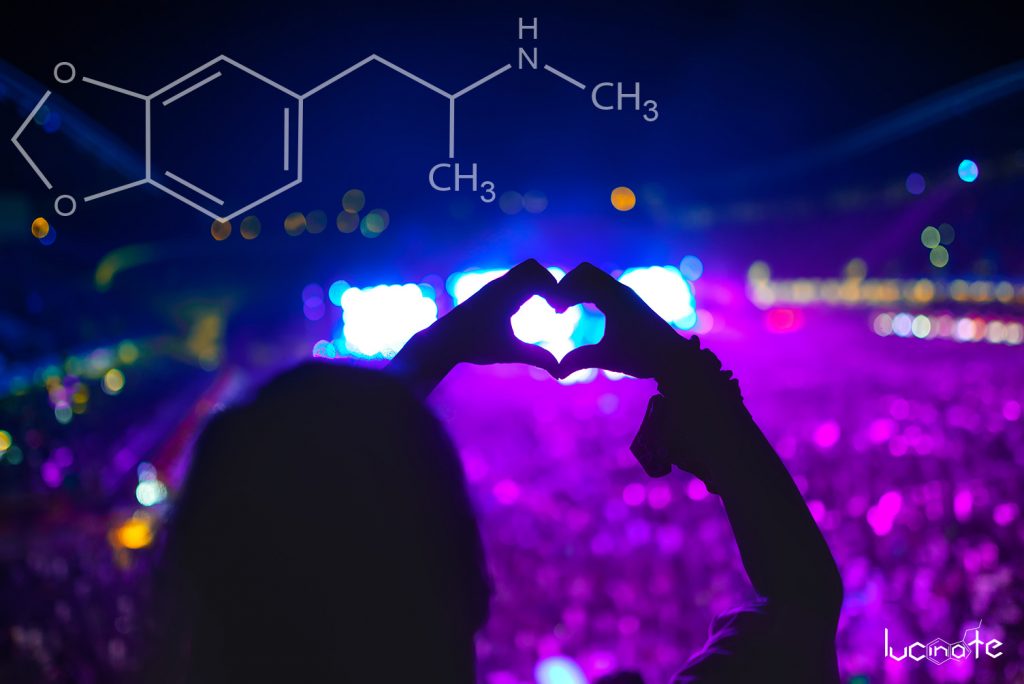MDMA | 3,4-Methyenedioxymethamphetamine

Street Name: X - E - XTC - Rolls - Beans - Adam - Molly - Ecstasy
Avaliability: Common - MDMA is one of the most popular recreational psychoactive drugs.
Heath Risk: Moderate
MDMA is one of the world’s most popular drugs. It is known for its empathogenic, euphoric, and stimulant effects.
MDMA was first developed in 1912 by Merck.[16] It was used to enhance psychotherapy beginning in the 1970s and became popular as a street drug in the 1980s.[14][15] MDMA is commonly associated with dance parties, raves, and electronic dance music.
The man who popularized MDMA, Alexander Shulgin, first described the drug under the name Window for its ability to strip away our habits and biases — allowing us to see the world more clearly. He believed it would become important in the field of psychotherapy.
MDMA was used as a tool by health practitioners as a way to help break down barriers in their patients’ psyche to uncover deeply rooted traumas, foster a stronger patient-practitioner connection, and give patients the ability to take an unbiased look at their life and their emotions to better understand the root of their pain and suffering.
It was considered an important therapeutic drug for the treatment of PTSD, anxiety, depression, and other mental health disorders throughout the 1970s and 80s. After the substance leaked from the clinic and started circulating around in the mainstream public, it was promptly banned and removed from practice.
Only recently has MDMA started to regain its reputation in the medical setting with the development of the expanded access program and an increasing number of promising research programs over the past couple of years (more on this later).
Today, approved clinics are using MDMA in the treatment of PTSD, depression, and in couples therapy for its ability to break down biases and promote a sense of empathy and connection between people.